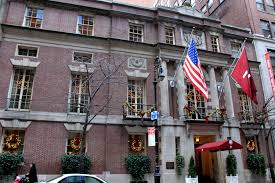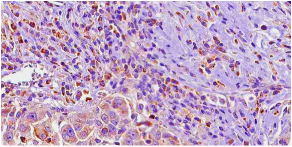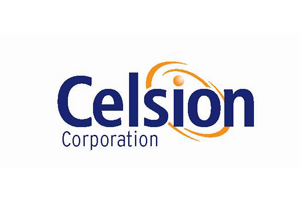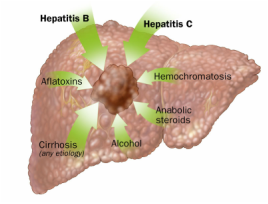
Located in Midtown Manhattan, the Harvard Club of New York gives alumni and faculty the opportunity to join together to experience a similar type of fellowship they experienced while they were attending the school in Boston. Housed in a building designed by McKim, Mead & White during the 1890s, the club offers many amenities to its members, including access to a library, work center, and athletic facility. In addition, members can attend a number of programs and special events.
The Harvard Club of New York is firmly committed to social causes and encourages its members to become involved with important issues of the day. The club’s Crimson Impact and the Harvard Club of New York Foundation offshoots enable members to become involved with social causes.
Crimson Impact is a program that aims to connect club members with service opportunities. Through recruiting efforts and organized community service, club members can become more deeply involved with issues they believe in.
Founded in 1953, the Harvard Club of New York Foundation works to advance the interests and welfare of Harvard University through advocacy and scholarship. To date, the foundation has provided over 400 students with scholarships to attend Harvard University.
Members of the Harvard Club of New York join together to continue learning, network with others who have a connection to Harvard, and give back to the communities in which they live.





 RSS Feed
RSS Feed
